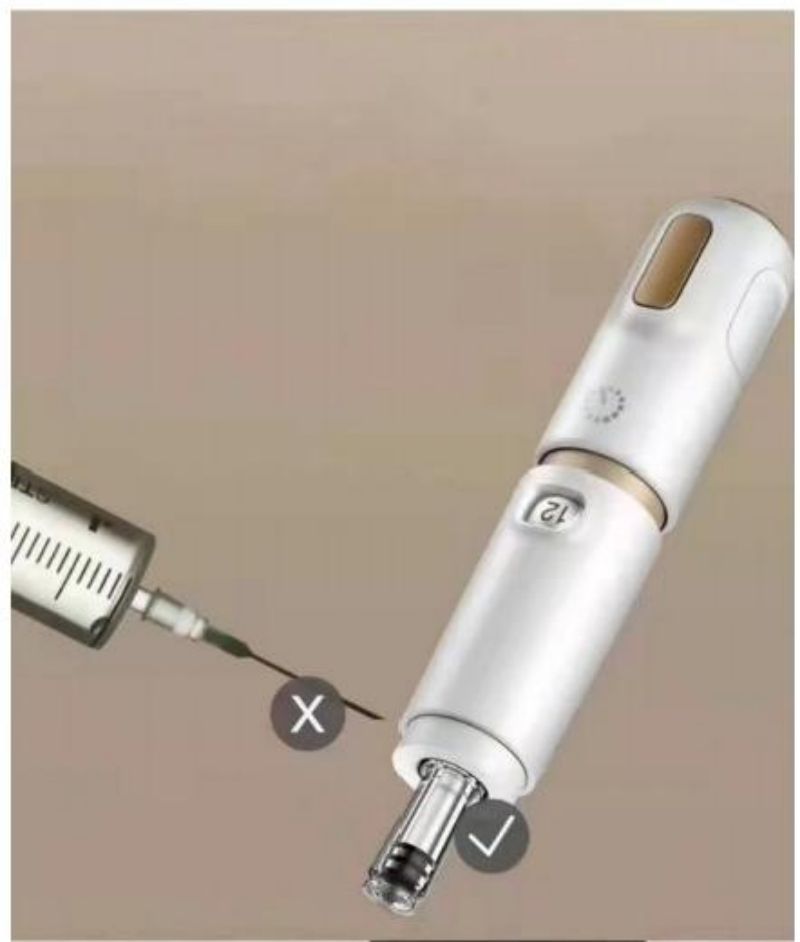Needle-free injection technology represents a significant advancement in medical and pharmaceutical fields,revolutionizing the way medications are administered. Unlike traditional needle injections,which can be intimidating and painful for many individuals,needle-free injection systems offer a more comfortable and convenient alternative.This article delves into the principle behind this innovative technology and its implications for healthcare.
Needle-free injection technology operates on the principle of using high-pressure to deliver medication through the skin without the need for a traditional needle.The process involves the generation of a high-velocity jet of medication that penetrates the skin and enters the underlying tissues.This jet is produced through various mechanisms,including gas pressure, mechanical springs,or electromagnetic forces.

One common approach is the use of compressed gas,such as nitrogen or carbon dioxide,to create the necessary pressure for injection.The medication is contained within a sealed chamber along with the gas.When activated,the gas rapidly expands,exerting pressure on the medication and propelling it through a small orifice at the end of the device.This creates a fine stream or mist that penetrates the skin and delivers the medication to the desired depth. Another method involves the use of mechanical springs or electromagnetic forces to generate the required pressure.In these systems,energy stored in the spring or generated by electromagnetic coils is released rapidly,driving a piston or plunger that forces the medication through the skin.These mechanisms allow for precise control over the injection process, including the depth and volume of medication delivered.
Benefits:
The needle-free injection technology offers several advantages over traditional needle injections:
Reduced Pain and Discomfort:One of the most significant benefits is the elimination of pain associated with needle insertion.Many people,especially children and individuals with needle phobia,find needle-free injections to be less intimidating and more comfortable.
Improved Safety:Needle-free injections reduce the risk of needle-stick injuries and transmission of blood borne pathogens,benefiting both patients and healthcare providers.Additionally,there is a lower risk of tissue damage or infection at the injection site.
Enhanced Convenience:Needle-free injection systems are portable and easy to use,allowing for self-administration of medications in various settings,including home healthcare and emergency situations.This convenience improves patient compliance and overall treatment outcomes.
Precise Delivery:These systems offer precise control over the administration of medication,ensuring accurate dosing and consistent delivery.This is particularly important for drugs with narrow therapeutic windows or those requiring specific injection depths.
Applications:
Needle-free injection technology has a wide range of applications across various medical fields:
Vaccination:Needle-free injection devices are increasingly used for vaccine administration,offering a painless and efficient alternative to traditional needle injections.This can help increase vaccination rates and improve public health outcomes.
Diabetes Management:Needle-free injection systems are being developed for insulin delivery,providing a less invasive option for individuals with diabetes who require frequent injections.These devices offer greater convenience and may improve adherence to insulin therapy.
Pain Management:Needle-free injection technology is also utilized for the delivery of local anesthetics and analgesics,offering rapid pain relief without the need for needles.This is particularly beneficial for procedures such as dental work and minor surgeries.
Conclusion:
Needle-free injection technology represents a significant advancement in medical care,offering a painless,safe,and convenient alternative to traditional needle injections.By harnessing the power of high-pressure delivery systems,these devices are transforming the way medications are administered,benefiting patients, healthcare providers,and society as a whole.As research and development in this field continue to progress,we can expect further innovations that will enhance the accessibility and effectiveness of healthcare delivery.
4. Potential for Improved Bioavailability:
Needle-free injections deliver medications directly into the subcutaneous tissue at high velocities, potentially enhancing drug dispersion and absorption compared to traditional injections. This optimized delivery mechanism may result in improved bioavailability and pharmacokinetics of incretin-based therapies, leading to enhanced therapeutic efficacy and metabolic outcomes for patients with T2DM.
Post time: Apr-03-2024
